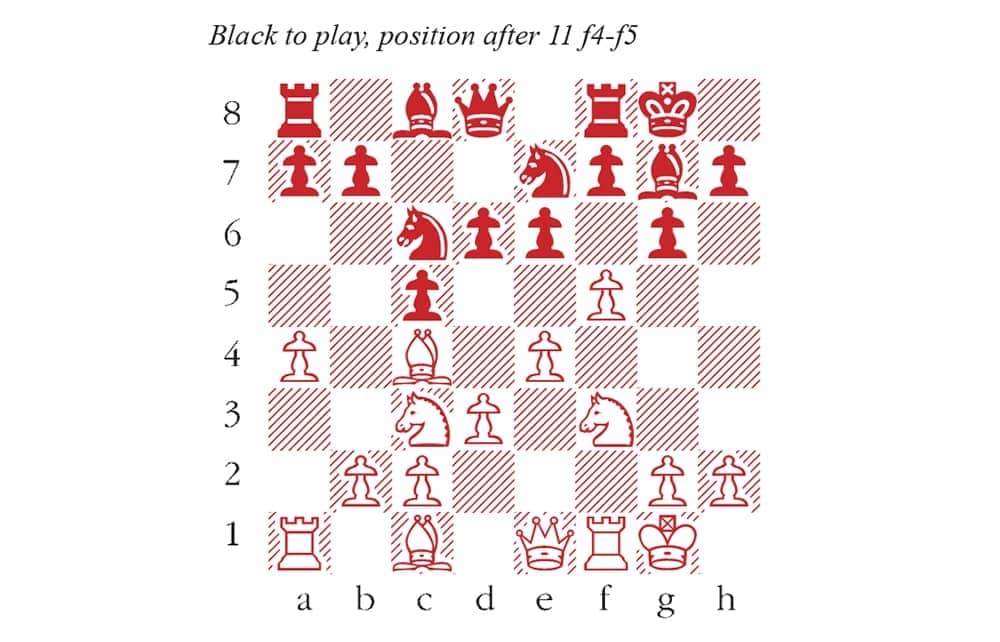Judit Polgar, the strongest female player of all time, conducted an enchanting interview in the commentary room during the Chennai Olympiad. Her interviewee was Charvi Anilkumar, an eight-year-old girl from Bangalore. Asked about her dreams and ambitions, she announced confidently, ‘I need to play in men’s section and I need to be a grandmaster, and world champion!’ Polgar was evidently delighted and expressed her hope to one day see Charvi playing alongside men in the Open section of a future Olympiad.
When she was an active player, Polgar was the top-ranked woman in the world from the age of 12, but she avoided women’s tournaments. Her pursuit of stronger opposition saw her peak at no. 8 on the international rating list. A certain school of thought holds that segregated events (and even titles) are detrimental for the players’ long-term development, since their incentives and ambitions are artificially curtailed. Alas, I strongly suspect that is true for some players, though in a chess world where women and girls are so drastically underrepresented, the overall widening of opportunities is a clear net positive.
As it turned out, last month saw Charvi competing in the Girls U8 section at the World Cadets Championship in Batumi, Georgia, where she won the gold medal with 9.5/11. The silver medal went to seven-year-old Bodhana Sivanandan, one of England’s most promising juniors, who missed out on the gold by the narrowest of tiebreak margins. Along with her medal, another excellent English performance came from eight-year-old Zoe Veselow, who finished in seventh place. Sivanandan and Veselow had already shown their ability at the European Schools Championship in Greece in April, where they respectively took gold in the U7 and U9 girls’ events.
In Batumi, Sivanandan won a textbook game in the Grand Prix Attack. White’s setup, employed against the Sicilian defence, takes its name from the series of events that made up the English weekend circuit of the 1970s, where it was used with great success. It is an effective practical weapon, clear in purpose but requiring great precision to fend off.
Bodhana Sivanandan-Ider Tselmuun
Girls U8 World Cadets Championship, 2022
1 e4 c5 2 Nc3 d6 3 f4 g6 4 Nf3 Bg7 5 Bb5+ Nd7 6 a4 e6 7 O-O Ne7 8 d3 O-O 9 Bc4 Nb8 A mature regrouping from such a young player. Black’s setup is more harmonious with the knight on c6. 10 Qe1 Nbc6 11 f5 (see diagram) This pawn sacrifice is the key to White’s setup, as the open diagonal of the Bc1 combines with the queen’s imminent arrival on h4. exf5 Despite breaking the Black king’s pawn shield, 11…gxf5 is safer, Then 12 Qh4 fxe4 13 dxe4 Ng6 is a sturdy setup, though after 14 Qh5 White’s attack has much further to run. 12 Qh4 The goal is to play Bc1-h6 followed by Nf3-g5, when White is set to crash through on h7. Black’s only reasonable defence is 12…h5, but 13 Bg5 prepares Nc3-d5. fxe4 The decisive mistake, since White’s next move is much stronger than recapturing on e4. 13 Ng5! h6 14 Nxf7 Rxf7 15 Bxf7+ Kh7 16 Bg5! Another incisive move. The pawn on e4 can wait, since If 16…exd3 17 Rae1 wins more material. Qc7 17 dxe4 a6 18 Nd5 Nxd5 19 Bxd5 The rest is easy. Ne5 20 Bd8 Qd7 21 Bf6 Qe8 22 Bxg7 Kxg7 23 Qf6+ Kh7 24 Qxd6 Bd7 25 Bxb7 Ra7 26 Bd5 Bxa4 27 Rf8 Qb5 28 Qxe5 Rg7 29 Raf1 Qd7 30 Bg8+ Kh8 31 Be6+ Kh7 32 Bxd7 Bxd7 33 Qxg7+ Kxg7 34 R1f7 checkmate





Comments